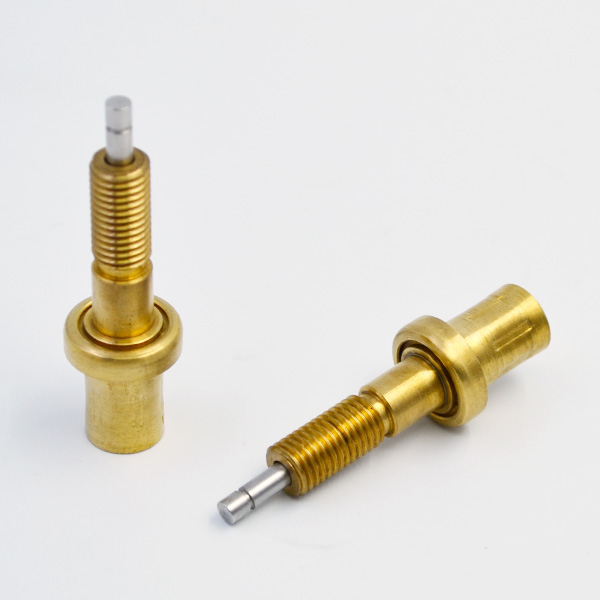According to the circuit characteristics of Ck topology, this paper presents the design and Simulation of power conversion circuit for solar energy controller based on Ck topology. Firstly, the maximum power point tracking strategy is discussed and analyzed. Then the theoretical study of Ck topology structure is introduced. On this basis, the circuit parameters are designed.

The simulation model is established by using the tool of matlab, and the simulation results are satisfactory. Effect. As a new energy technology, photovoltaic power generation technology has been widely used to alleviate the energy crisis to a certain extent. As a typical application of this technology, solar street lamp lighting system has a large space for development. At present, it is developing in the direction of high efficiency, reliability, low cost and intellectualization.
As the core component of the system, the controller’s performance directly affects the application, especially its efficiency index, which is related to many factors, such as circuit structure, charging method, device selection, thermostatic element etc. Here the circuit topology structure has the greatest impact. Therefore, reasonable selection of circuit topology is very important to improve system efficiency, prolong battery life and reduce cost.
The system block diagram is shown in Figure 1.

The C K circuit selected in this paper can change the input DC voltage within a certain range, while the output DC voltage is very stable. By changing the inductance or switching frequency of Ck circuit, the ripple voltage can be controlled in a very small range, or even zero in theory. Moreover, the power can be transmitted during the on-off and off-time of the switch, and the transmission efficiency is high. In addition, the voltage-to-voltage ratio of Ck circuit can theoretically vary from 0 to and the voltage-to-voltage ratio can be adjusted by changing the duty cycle of PWM.
Therefore, the structure circuit can not only realize boost conversion, but also realize step-down conversion [2]. It can be seen that the Ck circuit structure is very suitable for maximum power point tracking of photovoltaic array in photovoltaic power generation system, and can greatly improve the efficiency of the system. In the solar street lamp lighting system, to improve the overall efficiency of the system, an important way is to detect the output power of the solar cell module in real time, predict the maximum power output of the module under the current situation through a certain control algorithm, so as to change the current impedance situation, adjust the working point of the solar cell module, and make it always work near the maximum power point. For Maximum Power Point Tracking (MPPT), the corresponding technology is called Maximum Power Point Tracking (MPPT).
The maximum power point tracking technology is added to the charge control part, which can make more effective use of the energy converted by solar cell modules and greatly improve the conversion efficiency.

Usually, in order to maximize the power of the load, it is necessary to match the load reasonably, even if the load resistance equals the internal resistance of the power supply system. But in the power supply system of solar cells, the internal resistance of solar cells will be affected by many factors, such as light intensity, environmental temperature and so on. It is a change [4]. Therefore, the method mentioned above is difficult to track the maximum output power point. Generally, a DC/DC converter is added between the solar panel and the load to realize the impedance conversion of the solar cell load. By changing the conductivity of the power switch in the DC/DC converter and controlling the solar cell array to work at the maximum power point, the maximum power point tracking control is realized. Common topologies are: Buck, Boost, Buck-Boost, Ck.
The author uses Ck converter, which has boost and buck functions at the same time.
Ck converter is used in solar street lamp controller, which can achieve maximum power point tracking in a large range and greatly improve system efficiency.

Compared with the previous three circuit topologies, the Ck circuit topology has the following outstanding advantages. The same circuit can realize step-up and step-down, and the voltage-to-voltage ratio can be adjusted between 0 and _ theoretically. When duty cycle is between 0 and 0.5, the circuit achieves step-down chopper; when duty cycle is between 0.5 and 1, the circuit achieves step-up chopper. Grounding at one end of the switch simplifies the design of the driving circuit. Therefore, in some literatures, Ck circuit is also known as the optimal topology circuit with high application value.
Ck topology, also known as Boost-Buck circuit, is composed of the former Boost circuit and the latter Buck circuit in series. After transformation, the actual circuit is simulated by the voltage waveform on the switch load R. When the waveform of Fig. 5 (b) is duty cycle D=0.44, the voltage simulation waveform on load R is obtained. It can be seen from the figure that under different input voltages, adjusting duty cycle can achieve boost or buck, so as to stabilize the output voltage, which simulates the actual photovoltaic system charging situation. The simulation results are in good agreement with the theoretical calculation, which verifies the correctness of the design. By analyzing the working principle of Ck circuit and deducing the theory, the author explains the function and basic characteristics of the circuit. The calculation and Simulation of circuit parameters are carried out through specific engineering cases, and the conclusion is consistent with the theory and practice, which lays a practical foundation for the practical application of Cuk PWM DC/DC converter. The analysis method can be extended to the analysis and practice of other types of circuit topologies, and has certain guiding significance.
